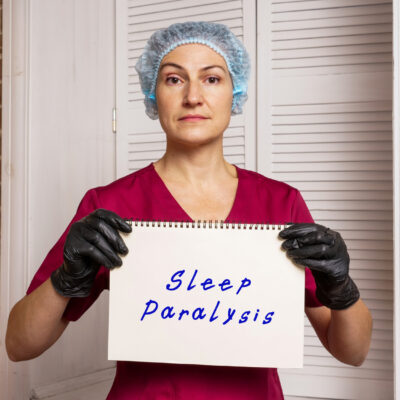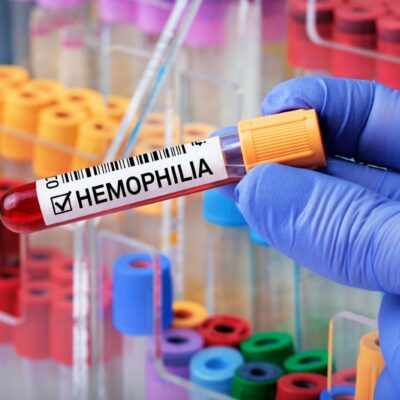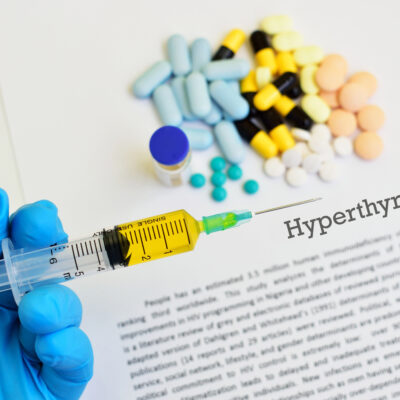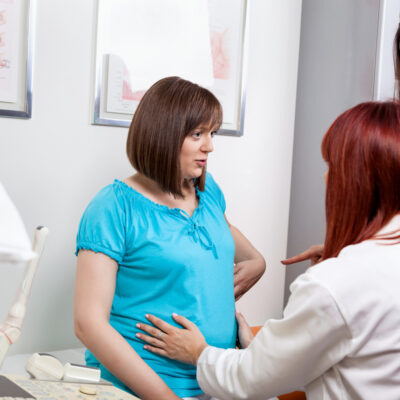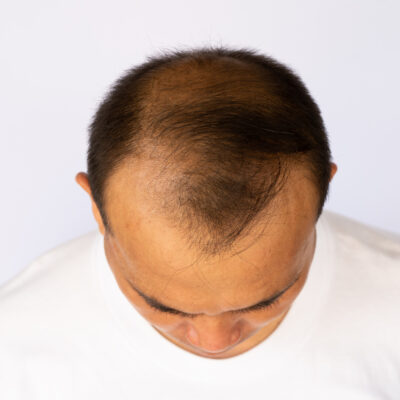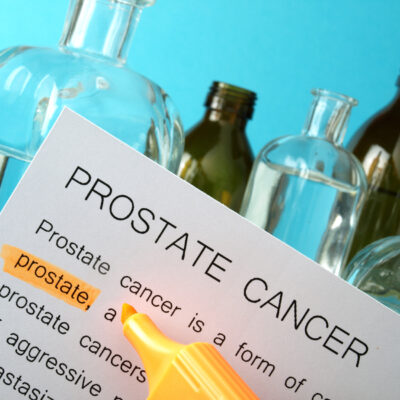
Health
Early Warning Signs of Breast Cancer During Menopause
Breast cancer is a prevalent disease among women, and menopause is a time when women may be at higher risk. Therefore, it is essential to be aware of the early warning signs of breast cancer during menopause. Early detection is crucial for successful treatment, which may involve medical treatments for breast cancer such as hormone therapy, gene testing, or HER2 targeted therapy. The National Comprehensive Cancer Network (NCCN) breast cancer screening guidelines also recommend regular screening for women in this age group. In this listicle, we will discuss the early warning signs of breast cancer during menopause and how to recognize them: 1. Lumps A lump in the breast is often one of the first signs of breast cancer. The lump may feel hard or rubbery and may be painless or tender to the touch. However, not all lumps are cancerous, and some benign conditions, such as cysts or fibroadenomas, can also cause lumps in the breast. 2. Thickening or swelling of the breast Breast cancer can cause thickening or swelling of the breast tissue. This may occur in one breast or both and can be accompanied by a lump or not. The breast may feel heavier than usual, and there may be changes in the shape or size of the breast.
Read More 

